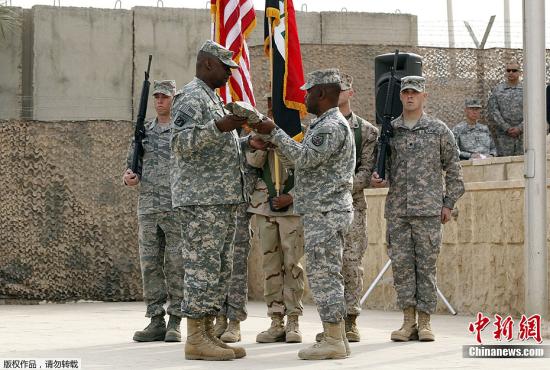China News Service, June 12 reported that on the 11th, the United States and Iraq confirmed at a strategic dialogue meeting that US troops in Iraq will continue to withdraw from Iraq, but the two sides have not given a timetable.
Data map: US troops stationed in Iraq.
Earlier this year, the Iraqi Parliament voted to pass a resolution to withdraw foreign troops from Iraq. Iraqi Prime Minister Kadimi said that the US-Iraq strategic dialogue confirmed this decision of the Iraqi parliament.
According to the Russian Satellite Network report, the US State Department issued a joint US-Iranian statement stating, "Both parties have determined that the United States will continue to reduce the number of US troops stationed in Iraq in the next few months due to greater progress in eliminating the threat of'Islamic State'. And discuss the status of remaining troops with the government of that country."
The statement also emphasized that the United States will not seek to establish a permanent base or permanent garrison in Iraq.
The United States and Iraq signed a strategic framework agreement in 2008 to confirm the legitimacy of US troops stationed in Iraq. At the end of 2011, the United States withdrew its troops from Iraq, leaving only a small number of soldiers in the US embassy in Iraq. In 2014, the extremist group "Islamic State" seized large areas of western and northern Iraq, and the United States subsequently increased its troops to Iraq, but the US military's authority was limited to combating "Islamic State" and providing support and training for Iraqi government forces.
On January 3, 2020, the United States launched an airstrike in the Iraqi capital of Baghdad, killing the commander of the Holy City Brigade Sulaymani of the Iranian Islamic Revolutionary Guard and the deputy commander of the People’s Mobilization Organization Muhan, the Iraqi Shiite militia. Diss et al. The Iraqi National Assembly subsequently passed a resolution calling for an end to the foreign military presence in Iraq.

